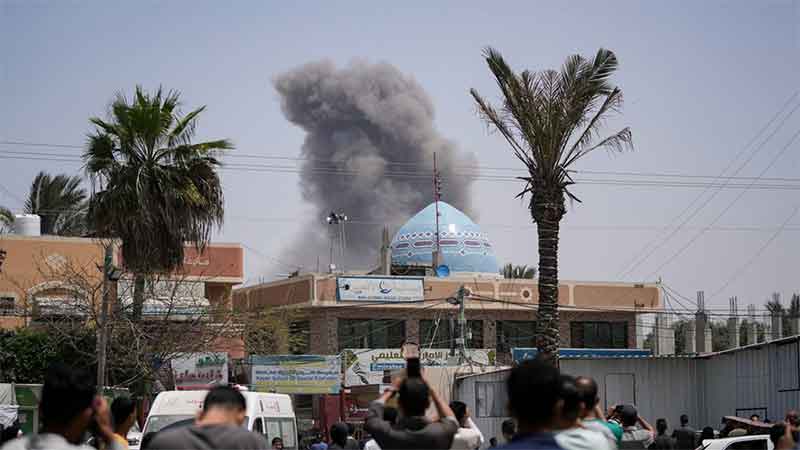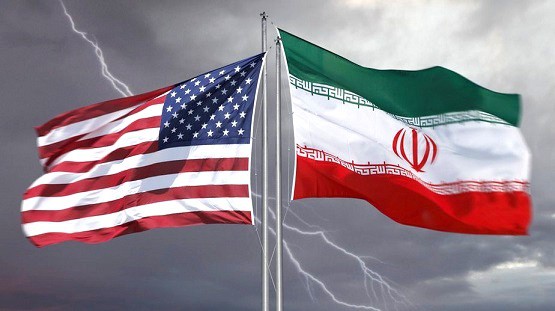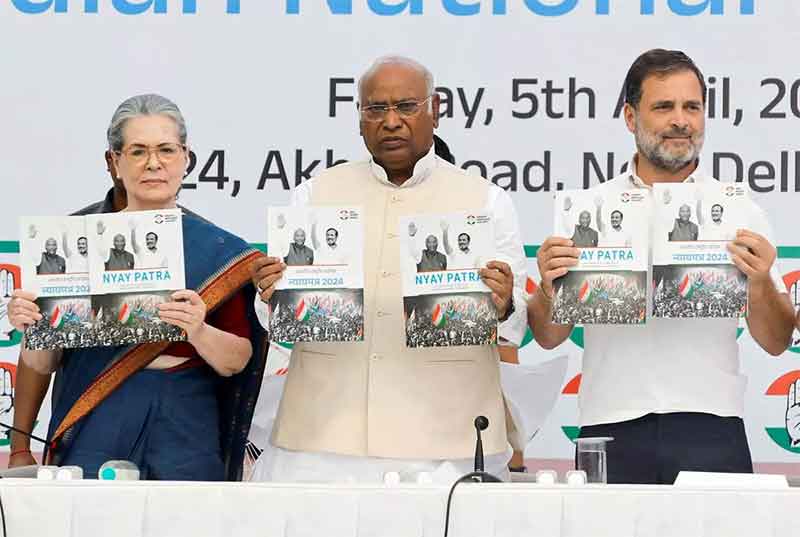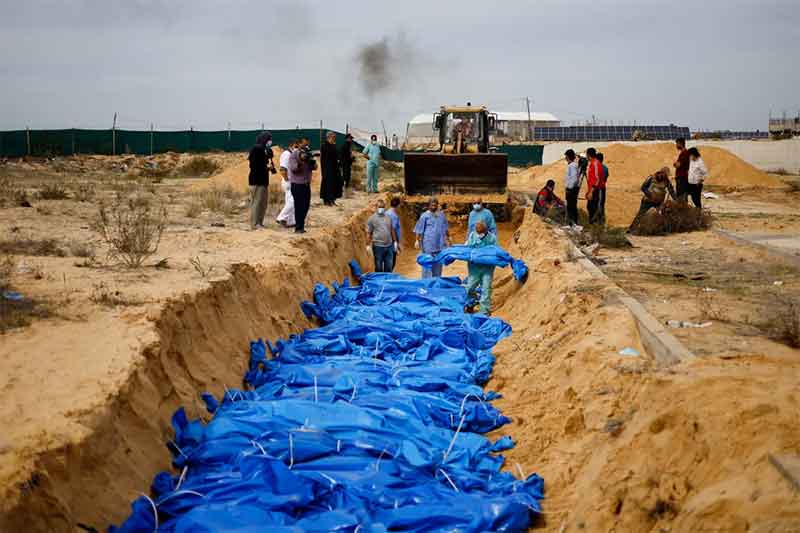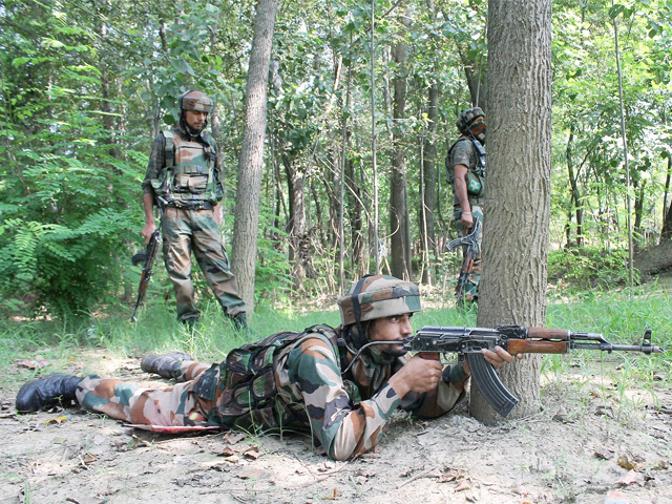
The Vale of Kashmir division, as the professional geographers mention, owes its political and linguistic unity to its isolation, due to its peculiar geographical position in the subcontinent.The narratives of chroniclers, though tell us a lot of its pleasant topo-geography-which resembles too much with that of Central Asia seen in the past. But having said that, with the passage of time, how far there is continuity and change in that, remains to be seen?
Of Kashmir, with the exception of few writers from ancient to early modern, everyone seem to have copied the general accounts from one another regarding the natural beauty of the valley, its soil and invigorating climate, the variety of flowers, springs and the flowing waters, the beauteous mountains and forests, the exuberant lush-greenery and the beauty of the buildings and the residential houses. That speaks the morphology of Kashmir—which undoubtedly appealed to the ‘heart and mind’ of every naturalist, bestowed on us by nature. To boast upon this fact, we can further use a paean of Emperor Jahangir, which reads: “Kashmir is a perennial garden and an ironclad bastion. For monarchs it is a garden that delights the eye, and for poor people it is an enjoyable place of retreat. Its lovely meadows and beautiful waterfalls are beyond description. Its flowing waters and springs are beyond number. As far as the eye can see there is greenery and running water…. What can be said of the plateaus covered with refreshing clover?”
But, today, if we closely re-examine the age-old narratives of writers, these narratives would,directly or indirectly, completely or partially, fail to meet the paradisiacal beauty of present-day Kashmir ecology. However, the questions therefore arise: does the first-hand impression(s) of writers fail us to understand Kashmir landscape ecology, or do we fail their impressions by wilfully manipulating it?
Throughout, by the previous writings of the modern-age scholars, we are presented with a narrative of paradise lost. It has been strongly proposed that, the use and the accumulation of “ammunition” in the ecological zones have always brought destruction to the landscape ecology of the earth planet. An assertion of this argument fits to remind us then: does the protection of landscape ecology merit consideration whileusing and accumulating “ammunition”. Or, in the words of scholars, G. Reichberg& H. Syse, “should military acts that cause widespread harm to the environment be counted among the grave breaches of the laws of armed conflict? And why should the environment deserve this special protection? Is it because, vital human interests depend upon it – or because of its own inherent worth”. These are the basic questions that actually are firmly embedded in each other, and often do strike to the mind of hard-core ecologists. But, as per record, we literally witness, neither of these however, seem to have been givenany attention even in minimum in action even by the environmentalist diplomats of the state and the nation.
Unfortunately, and nuancingly so, present Kashmir has been made a battle field by the choices of countries emerged by partition. Their fight to own Kashmir, for several illogically made logical reasons, has caused them to use abundant “arms” and reposit “ammunition” immediately right after their respective births in 1947. The abundant accumulation of ammunition dumped deep-down in the ecological zones, on both sides of Kashmir divide, has disturbed and destroyed the land-scape ecology of the entire region. The daily use of ‘arms’ has resulted in the immense loss of biodiversity, which unfortunately is carrying ill-effecting threats to the smooth functioning of the entire eco-system. And the damage that it has been causing to the entire region is visible in the loss of ‘material’, ‘physical’, and ‘psychological’ belongings of the inhabitants. Say for instance,from 1947 onwards, it has been revealed by several reports that, more than 53, 000 hectares of land has been grabbed under the guise of national security—which has led to dispossession, de-peasantisation, loss of livelihoods and forced commoditisation in rural Kashmir.The statistical figure here shown is only of India side of Kashmir divide, which equally is true on the Pakistan side of Kashmir divide. Occupation of plenty of land under the guise of national security on both sides of the Kashmir divide has thus played immensely bad for the entire region. What else bad-luckIndia & Pakistan would bring to a people whom they claim their own since 1947?
The accumulation of fresh and the decomposition ofover-dated arms articles in the ecological zones of the region have thus setill-effecting implication on the health of the land. An irony of the fact is that, environmentalist diplomatsof the state and the nation(s) are witnessing all of this for long, and thus aredelaying late, what they are obliged to take notice of at the earliest. Here the equation of suggestion may go useful for their consideration, if they can put the same amount of land (or, even half of that) for the use of medicinal agricultural production or, can preserve it for thegrowth of useful plantation or can decipher any better plan not known so far. Perhaps, beginning of such a process (or, kind of) would surely bring sustainability, peace & prosperity across the borders and in the entire region.
Caught between the nuclear powers, the region seems to be is on the card of ecological destruction—which has brought an impression of hell from heaven. So, in pursuit of commanding peace and prosperity across the borders in general and in valley in particular, there is an urge that, India and Pakistan will have to come forward at common platform andrevisit their chain of policies over Kashmir divide. As intheirattempt of underplaying the character of ‘Kashmir ecology’ bothare known to have played enough, enough over the decades, now they must put an end to playing further border, border. I wish so, so will be wishing many!
Mumtaz Ahmad Numani is a Ph. D candidate at Centre of Advanced Study in history, Aligarh Muslim University, Aligarh, (India). He is working as the coordinator of The Peace Gong (a global children’s newsletter connecting children for non-violent planet).He can be reached at [email protected]

